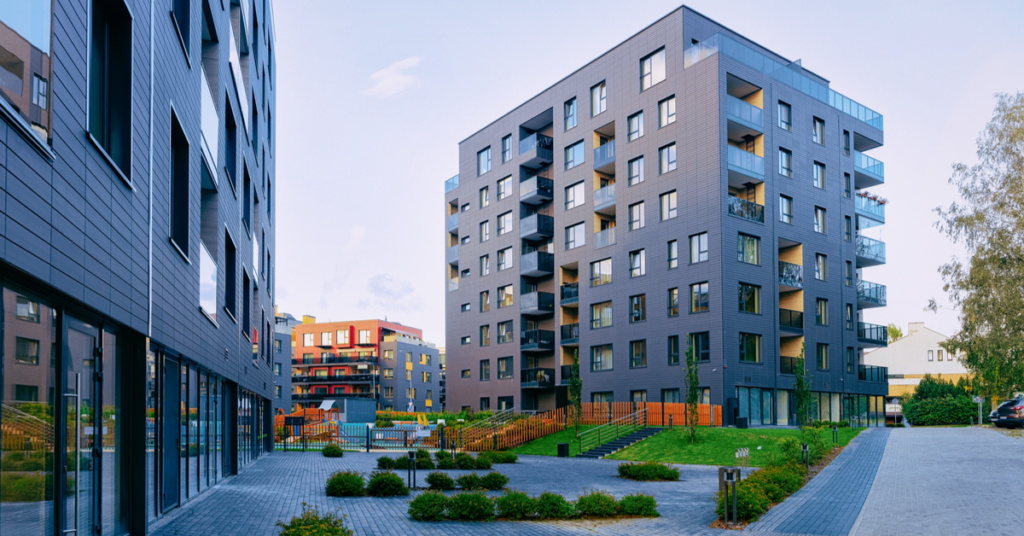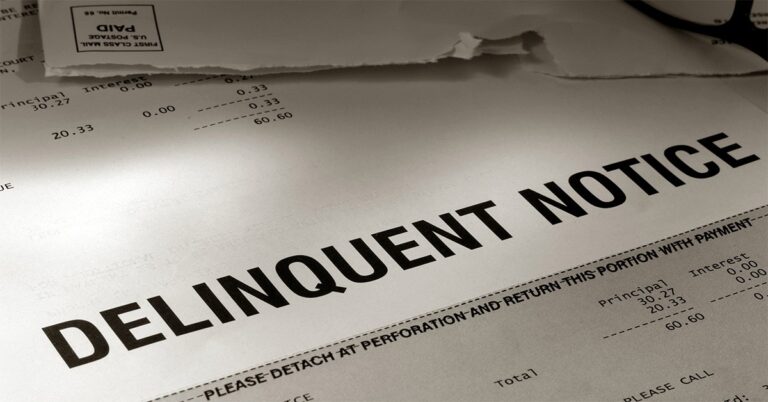Multifamily rents remain modestly on the rise, with the national average asking rent reaching $1,709 in April, up $5 month over month, Yardi Matrix reported.
That’s a gain of 0.3% from March as strong seasonal demand, fueled in part by low for-sale housing inventory that has kept many in the renter pool, boosted both the lifestyle-renter and renter-by-necessity segments of the apartment market. But while rents remain on the uptick, the pace of gains is modest compared to recent years. Not only was last month’s uptick far below the inflated April increase experienced since the start of the COVID-19 pandemic, it was half the average growth figure for the same month from 2015 to 2019.
Annualized rent growth also continues to dwindle. Rents were up 3.2% compared to April 2022, down 80 basis points from one month prior and down 250 basis points since the start of the year. Regional differences are beginning to surface too. Metro areas in the Midwest and Northeast are topping the growth rankings, with Indianapolis (7.7% annualized rent growth); Kansas City, Missouri (6.4%); New York City (6.2%); Boston (5.2%); and Chicago (5%) leading the top 30 rental hubs tracked by Yardi. Meanwhile, rent growth has moderated in the Sun Belt, where a slew of new deliveries and declining affordability have dented price gains.
Nationwide, Yardi noted that demand remains buttressed by healthy employment figures, robust household formations and strong renter balance sheets. Even with recessionary concerns, the U.S. occupancy rate remained steady at 95% in April, an indication that demand is staying resilient. But with a possible recession in the cards, the big question is, how much longer will these fundamentals stay positive?
Also worth watching from a lending and investment standpoint is the substantial count of multifamily loans set to mature in the next few years — loans that will mature under worse market conditions than when they were originally issued. Approximately 15% of the $2 trillion in outstanding multifamily mortgages will mature between now and the end of 2025, per Yardi. More than half are set to mature by 2030.
Meanwhile, fixed-rate coupons have swollen by at least 200 basis points over the past year as interest rates have grown swiftly. Such statistics taken together have led many market participants to eye potential distress on the horizon. “Multifamily delinquency rates are 2% for [commercial mortgage-backed securities] and less than 1% of other lender types, but an increase is likely coming,” according to April’s national multifamily report from Yardi.
How big of an influx of distress the market sees likely depends on several factors, most notably including the shape of the overall economy through the window of a potential recession. But local markets also matter, per Yardi. Individual properties may be in for harsh sailing in areas where supply is strong, or in rent-controlled areas where operating expenses are increasing faster than rental incomes.







